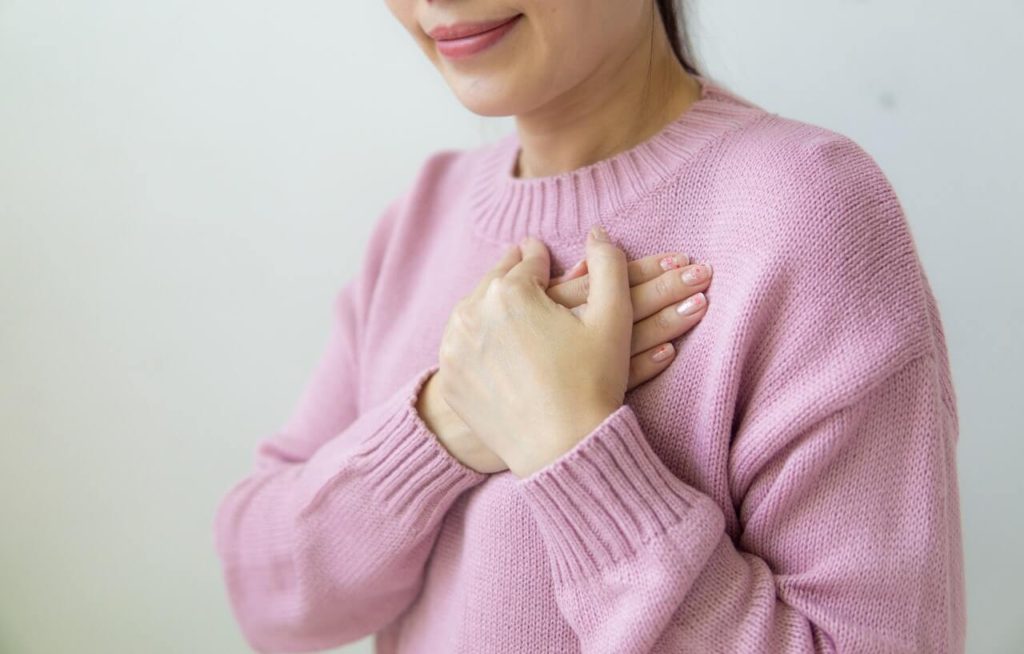The psychological response to maltreatment is trauma bonding. It happens when the victim of abuse develops an unhealthful attachment with the abuser.
The victim of abuse might grow sympathetic toward the abuser, which is reinforced by vicious cycles followed by regret. Trauma bonding takes the form of Stockholm syndrome.
What trauma bonding is, when it might happen, and how healing can get started are all covered in this article.
What is a trauma bond?

An association between the victim of abuse and the abuser is known as a trauma bond. It usually happens when the victim of abuse feels pity or affection for the abuser.
Over days, weeks, or months, this link might form. But unfortunately, not every victim of abuse creates a trauma link.
Trauma bonds come in particular forms, such as Stockholm syndrome. Although this phrase usually relates to a hostage falling in love with their captors, this dynamic can also exist in other contexts and relationships.
According to 2018 research looking into abuse in sports, Stockholm syndrome may start when the victim of abuse starts to justify the abuser’s behavior.
Why does this occur?
Attachment and dependence feelings, a history of abuse, and remorse can facilitate a trauma bond.
Attachment
According to the National Domestic Violence Hotline, trauma bonds result from an unhealthily attached relationship.
Humans develop attachments to survive. For example, infants form attachments to the parents or caregivers they rely on, and adults do the same with people who offer them solace or support.
Trauma bonds can form when a person’s principal supporter is their abuser. Even if the other person was the one who hurt them, the abused person might seek comfort from them when they are distressed.
Dependence
Because they depend on the abusive person to meet their emotional needs, they may form a trauma bond.
A child, for instance, looks to their parent or another caregiver for love and support. The child might link love and abuse if that caregiver is abusive. On the other hand, the child might not be able to identify the abusive caregiver as “bad” because they think this association is regular.
To make sense of what is happening to them, the child may instead decide to blame themselves for the abuse. This maintains the caregiver’s status as “good” in the child’s eyes and strengthens their relationship.
Abuse in cycles
Some violent relationships have a cycle of abuse followed by regret.
An abusive individual may make a change-related pledge after harming someone. In addition, some people might act extra kindly or romantically to atone for their misdeeds.
The abused person gains hope that their pain will end and that they will eventually experience the affection or connection that the abuser has promised. The victim of abuse could view pain as the price to be paid for kindness.
If the victim of abuse has become accustomed to unfair treatment, remorseful behavior may also make them feel appreciative. This solidifies the connection.
When might trauma bonding take place?
Theoretically, trauma bonding can happen in any circumstance when one person is abusing or taking advantage of another. For example, this might occur in circumstances involving:
- domestic abuse
- child abuse
- incest
- elder abuse
- exploitative employment, such as one involving people who have immigrated without documentation
- kidnapping or hostage-taking
- human trafficking
- religious extremism or cults
A trauma bond forms under particular circumstances, claims the group Parents Against Child Exploitation. Someone must:
Trauma bonding indicators
The primary indicator that someone has formed a bond with an abuser is when they try to explain or defend the abuse. They could also
Agree with the abusive person’s justifications for mistreating their attempt to defend the mean person argue with or avoid helping friends, family, or neighbors who are attempting to stop the abuse become defensive or hostile if someone steps in to prevent the abuse, such as a bystander or police officer be hesitant or unwilling to take action to leave the abusive situation or break the bond
One who has formed a bond with their abuser might say, for instance:
“You would not understand. He is only like that because he loves me so much.”
She can’t help it; she works under a lot of pressure. Later, she’ll make it up to me.
“I won’t abandon him; he is my true love. You are only envious.
“It’s my fault; I aggravate them,”
It is important to note that these attachment feelings may persist even after the person leaves the harmful environment. For example, a victim of abuse might still harbor feelings of love or loyalty for the abuser or be tempted to go back.
Severing the trauma link
It can be difficult and take some time to break a trauma link, but it is doable. According to the National Domestic Violence Hotline, citizens should:
Focus on the present: People’s trauma attachments might be maintained by the hope that an abusive individual will change or nostalgia for happier times in the past. Try to take a moment to acknowledge what is happening right now and the effect it causes. Keep a diary if it is safe to do so.
Focus on the evidence: If a person continues to abuse or takes no steps to get help, stay focused on this, rather than on their promises about the future.
Practice positive self-talk: Abuse can make a person feel less confident in themselves and can’t live without the abuser. One can start to change this by recognizing negative self-talk and challenging it with constructive alternatives.
Practice self-care: Taking care of oneself can help reduce stress and the urge to seek solace from an abusive person. In addition, exercise, hobbies, prayer, journaling, meditation, and talking to dependable friends can all be beneficial.
If possible, a person can also:
- Learn about abusive and toxic relationships in order to spot the signs early and reinforce that they are not healthy.
- Learn what healthy relationships look like and seek them out.
- Create a plan to improve safety and make it possible to leave.
Safety planning
Personalized measures that a person can take to safeguard their bodily and emotional well-being are included in safety plans. The plan might consist of the following:
- safe places where someone can go to protect themselves, children, or pets from violence
- names and contact information for people who provide support
- information about local organizations and services
- a way to gather evidence of the abuse, such as a journal with events and dates that a person keeps in a safe place
- a plan to leave, considering factors such as money, a safe place to live, and work
- a plan for staying safe after leaving, which may include changing locks and phone numbers, altering working hours, and pursuing legal action
Find more information about safety planning here.
Recovery from abuse
Abuse trauma can have a long-lasting impact on one’s physical and mental health. However, nobody has to handle this on their own. The following methods might aid in helping people comprehend their experiences and deal with associated problems like anxiety or depression.
Therapy
After leaving an abusive setting, a person could feel agony, loss, and grief.
Someone can get assistance from a compassionate therapist, counselor, or support person to deal with this. Finding a therapist with knowledge of working with trauma and abuse survivors may be helpful.
A therapist can offer a secure setting where you can discuss your feelings, thoughts, or experiences. Additionally, they can recognize and manage illnesses that may arise from abuse, such as post-traumatic stress disorder (PTSD).
Advisory services
Abuse survivors can discuss their experiences with others who can relate in support groups. This can make someone feel less alone and remind them that there are caring people around them.
People in support groups could also exchange coping strategies, safety precautions, and other helpful recommendations for leaving an abusive situation.
Medication
Medication may help ease specific symptoms if a person experiences depression or anxiety disorders due to abuse. Anyone interested can talk to a doctor about this possibility.
When to get assistance
Help is available for anyone who might have formed a trauma bond. Numerous groups offer emotional assistance and safety tips during and after the abuse. Examples comprise:
- the National Domestic Violence Hotline
- The Childhelp National Child Abuse Hotline
- elder abuse hotlines in each state
Abuse can worsen over time, so it’s crucial to be aware of the resources available, even if a partner shows only a few signs of being abusive at the beginning of a relationship.
Summary
Trauma bonding happens when a victim of abuse forms a harmful attachment to their abuser. For example, they might defend or justify the abuser’s actions, feel loyal to them, withdraw from others, and hope that the abuser will change their behavior.
Recognizing the true nature of the bond is a crucial first step in breaking the trauma bond and recovering, which can be a long process. Then, a person can receive healing support from dependable family members, friends, other survivors, counselors, support groups, and therapists.
Book Sacred Ayahuasca Healing Retreat
Our retreats start on Fridays and end on Sunday – WE will send you the itinerary once you register.
Please register at least three weeks before your upcoming retreat so that you can be prepared for your ceremony. Our 3 Day and 2 Night Ayahuasca Retreats have been developed with Qero Inca Priest and/or Amazonian Shipibo Healer.
